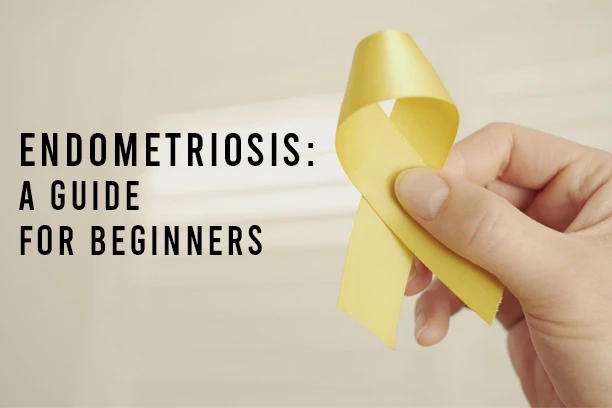Women who have uteruses are aware that each month, menstruation can cause cramps, general discomfort, mood fluctuations, and other symptoms. But how much pain and discomfort are typical during your period? Regarding endometriosis in specific and severe period pain in general, read the article for an endometriosis guide for beginners.
What is endometriosis?
Endometriosis is a public health issue that affects 247 million women worldwide and 42 million women in India. It happens when the endometrium, the tissue that borders the uterus, develops outside of the uterus. These cells can develop abnormally in various organs, including the bladder, intestines, and ovaries. It’s one of the most typical reasons why people with uteruses could endure unpleasant periods and stomach pain.
The tissue that develops outside the uterus can continue to perform its intended functions just as if it were still inside the uterus. These cells thicken, degrade, and bleed once a month. When this occurs, the blood can remain stuck inside the body since it has nowhere else to go. Inflammatory substances may be released by some lesions.
How can you recognize the symptoms?
Symptoms might differ from person to person and are frequently unpredictable. The level of pain from endometriosis might vary depending on the person. Some people might not have any symptoms at all, while others might gradually develop deteriorating symptoms. It is crucial for parents to be aware of and adept at identifying these typical symptoms:
- Painful periods (dysmenorrhea)
- Chronic pelvic pain, even when not menstruating
- Excessive bleeding during or between periods
- When women are having their periods, they have diarrhoea, constipation, and other urinary symptoms
- Lower back and abdominal pain
What are the long-term effects of endometriosis?
If the tissue grows further, it may leave scars and affect future fertility in a negative way.
Endometriosis is frequently present in infertile individuals, however, there is not enough evidence to link the two. There is not a lot of knowledge available about endometriosis. Endometriosis is known to be frequently associated with infertility, though. This can be a result of undetected endometriosis progressing and causing further tissue damage.
We don’t have a lot of information about endometriosis in teens who survived into adulthood. Therefore, especially with earlier intervention in the adolescent years, the statistics pointing to effects on fertility may not be reliable.
Things to know about endometriosis prevention
Sujata Birla Hospital advises parents to promote an open discussion regarding period and pelvic pain while discussing potential prevention. It’s vital to pay attention to these concerns when your child raises them because severe and incapacitating pain is never typical for people who get periods. It’s time to talk to your child’s provider if you start to notice changes in your quality of life, such as missing classes because of period pain or being unable to participate in after-school activities.
Despite the fact that endometriosis is a chronic condition, many people benefit greatly from the various treatment strategies. In order to start living a healthy and pleasant life, parents and teenagers should consult with their doctors and ask about the treatment alternatives that would be most effective for them. We hope that this endometriosis guide for beginners helps you to get a clear understanding of the disorder.


One Comment
Pingback: Endometriosis Guide For Beginners – Sujata Birla Hospital